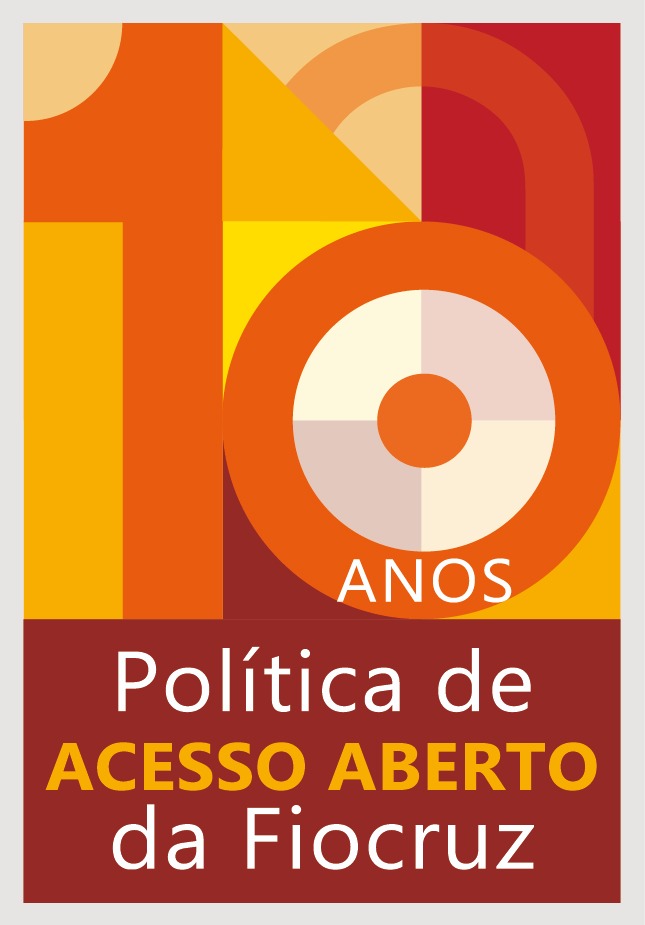Access to genetic resources and associated traditional knowledge
Since 2015, Brazil has a new legislation which provides for the use of Brazilian biodiversity by science and production chain. It is the Law 13.123, known as the Biodiversity Law. Its rules define, in the jargon of the area, "access to genetic resources, protection, access to associated traditional knowledge and benefit sharing for the conservation and sustainable use of biodiversity". The new legal framework was regulated by Decree 8.772/16, on May 12, 2016.
In the scientist´s routine, it is very common to have to use to biodiversity resources. It means that, in their research, they will isolate and study the genome of plants, animals, micro-organisms and fungi. Observing the genetic information from these different forms of life, it is possible to better understand phenomena related to cell and molecular biology, allowing that biological and chemical structures are reproduced in the creation of numerous products and technologies.
In the law, the genetic resource is defined as "the genetic information of plant, animal, microbial species or species of other nature, including substances derived from the metabolism of these living beings". In the other hand, the access to associated traditional knowledge is "research or technological development (R&D) performed on traditional knowledge associated with genetic resources that enable or facilitate access to genetic resources".
These actions in R&D, from access to genetic resources, may result in the production of medicines, processed foods, cosmetics and beverages, for example. Furthermore, biodiversity sample analysis is also important in the search for solutions to challenges such as climate change, creating renewable energy and understanding the evolutionary relationship between species. In the health field, it is essential for the production of vaccines and diagnostic kits. And yet for epidemiological studies, for studying how certain diseases are transmitted and the discovery of the parasite cycle, for example.
However, there are a number of important issues involved in the use of genetic resources. One is the risk of biopiracy, which occurs when the natural resources are used illegally and transferred to other countries without permission. Biodiversity - that is, the variety of flora, fauna and microbiota, in a certain location - is considered a collective good - and valuable - in each country, which should be protected by specific laws. These laws should ensure that genetic information will be used in a sustainable manner, and to be protected and conserved. The regulation is also important to ensure the benefit sharing generated from these scientific studies in a fair and equitable manner.
Another point is, in addition to natural resources itself, it is fundamental to value the associated traditional knowledge. The science benefits from this traditional knowledge when, for example, a researcher visits an Indian tribe and investigates among its inhabitants what types of plants they use to fight a particular disease, saving thus time and resources. If this research progresses, it is important that the holders of this popular knowledge also receive the benefits generated by the studies.








